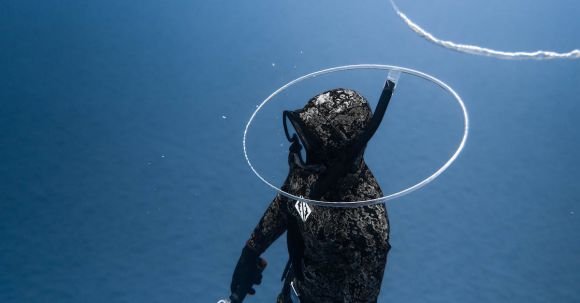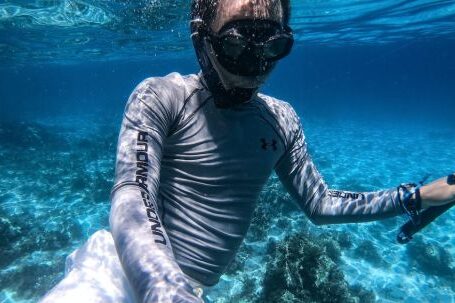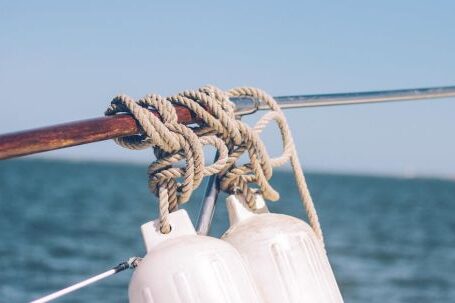Diving can be an exhilarating and adventurous activity, allowing you to explore the wonders of the underwater world. However, like any other sport, accidents can happen. It is essential for divers to be prepared and equipped with the knowledge of diving first aid. In this article, we will discuss what to do in case of an emergency while diving and how to administer effective first aid.
Recognizing the Signs of Distress
The first step in providing diving first aid is to recognize the signs of distress. Some common indications include difficulty breathing, rapid heartbeat, confusion, dizziness, or loss of consciousness. If you notice any of these symptoms in yourself or a fellow diver, it is crucial to act quickly and calmly.
Assessing the Situation
Once the signs of distress have been identified, it is important to assess the situation. Is the diver conscious? Can they breathe? Are there any visible injuries? By evaluating the circumstances, you can determine the appropriate course of action.
Administering Oxygen
One of the most critical aspects of diving first aid is providing oxygen to the diver. Oxygen is essential for resuscitation and can help prevent further injury. If you have access to an oxygen kit, administer it to the diver immediately. Ensure that the oxygen is flowing at the correct rate and monitor the diver’s breathing.
Managing Bleeding and Injuries
In the event of bleeding or injuries, it is crucial to control the bleeding and prevent infection. Apply direct pressure to the wound using a clean cloth or your hand. Elevate the injured body part, if possible, to reduce blood flow. If the bleeding does not stop or is severe, seek professional medical help as soon as possible.
Treating Decompression Illness
Decompression illness, also known as “the bends,” can occur when a diver ascends too quickly, causing nitrogen bubbles to form in the bloodstream. If a diver shows signs of decompression illness, such as joint pain, dizziness, or confusion, it is essential to administer first aid promptly. Keep the diver warm and comfortable, administer oxygen, and seek medical assistance immediately.
Performing CPR
Cardiopulmonary resuscitation (CPR) is a life-saving technique that should be administered when a diver is unresponsive and not breathing. Begin by placing the diver on a firm surface, tilt their head back, and open their airway by lifting their chin. Give two rescue breaths and then start chest compressions. Continue the cycle of 30 chest compressions and two breaths until professional medical help arrives.
Preventing Diving Emergencies
While knowing how to administer diving first aid is crucial, it is equally important to prevent diving emergencies. Always dive within your limits, ensure proper training and certification, and never dive alone. Regularly check your equipment for any signs of damage or malfunction and familiarize yourself with emergency procedures.
In Conclusion
Diving emergencies can happen unexpectedly, and being prepared with the knowledge of diving first aid can make a significant difference in saving a life. Remember to stay calm, assess the situation, and administer appropriate first aid techniques. By recognizing the signs of distress, providing oxygen, managing bleeding, treating decompression illness, performing CPR, and taking steps to prevent diving emergencies, you can ensure the safety and well-being of yourself and your fellow divers.





